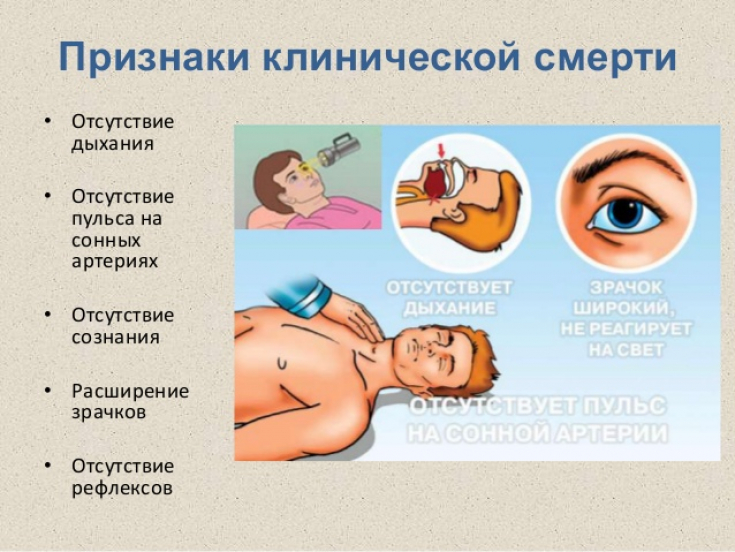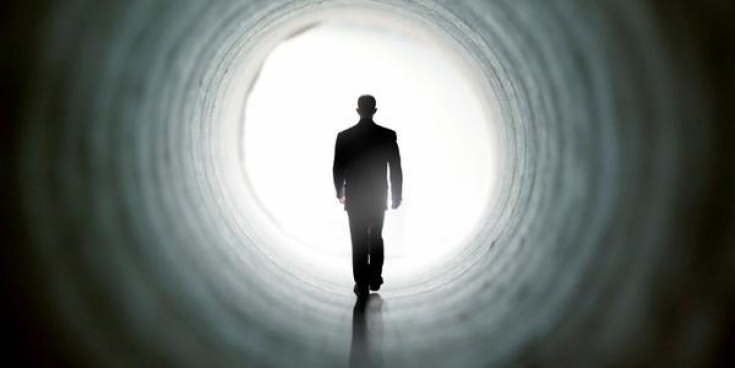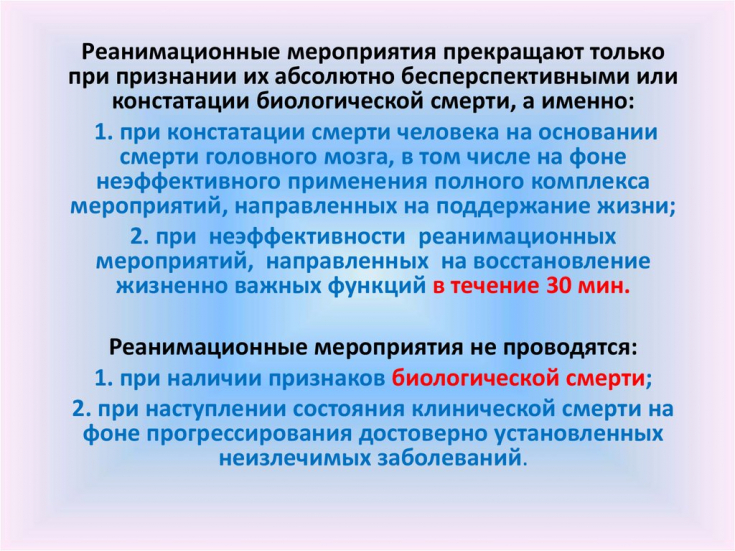Life is amazing and multifaceted. And strangely enough, death too. Dying is actually far from so simple, not instant and to not yet explored. Thus, one of transitional stages between life and death is the state of clinical death. This stage is reversible, that is, after it you can return to normal life. The stories of the returnees are surprising and a little frightening, although neuroscientists have long found an explanation for them. What scientists have found out, and whether to believe those who returned from the other world, read in this article.
- The clinical death state from a medical point of view
- There no light, not even a tunnel: 6 myths about clinical death
- Where does the feeling of flying come from
- Why can a person observe his body from side
- The main myth of clinical death — tunnel
- And how the bright light in the tunnel
- What scientists think about "meeting" the dead
- Why do people feel peace and peace
- Life after death or non-existence: what the experience of resuscitators proves
The state of clinical death from a medical point of view
The list of terminal (close to death) conditions includes the state of clinical death. The heart stops, the person stops breathing and the brain does not receive oxygen. However, due to the reserves of necessary substances accumulated in the cells, irreversible processes in the brain tissues do not occur. If resuscitation is successful, the person returns to life.
The state of clinical death does not last very long, it is not a coma, in which you can stay for years. Under normal conditions, this state lasts 3–5 minutes, under resuscitation conditions, clinical death can last up to an hour (the longest lasted 50 minutes).

In any case, without medical assistance, independently "return" man cannot. And even doctors can't always help and the first stage of dying ends, but and it is not final. There is also a second stage — biological death. All processes in tissues and organs stop, but the brain retains informational memory, i.e. personality still exists. So far, no way has been found to resuscitate people at this stage, but the development of neuroscience gives hope for success in this area.
Read also: Dream Facts: The Secrets That Morpheus Shared
There is neither light, nor even a tunnel: 6 myths about clinical death
People who have experienced near-death experiences talk about their feelings, and surprisingly, their stories coincide in many details. For a long time, this was considered proof that "there" there is something: the afterlife, heaven or hell, parallel universes. Let us tell you how experts really explain such feelings.
Where does the feeling of flying come from
Many believe that it is the soul leaving the mortal world, while in fact the brain simply cannot receive a signal from the vestibular apparatus about the position of the body. There is a feeling of weightlessness, disorientation in space, which many interpret as flying.
Why can watch their body from side
Another "mind game" associated with disorientation in space and oxygen starvation. The last pictures that have managed to be fixed by the retina of the eye are processed by the brain already in an unconscious state, which gives rise to such an effect.
The main myth of clinical death — tunnel
Be in an endless tunnel — this feeling is so widespread that it has already become synonymous with the very concept of death. The part of the brain that interprets visual signals, under conditions of hypoxia, perceives only the image that has fallen on the center of the retina. The lack of a peripheral view and creates the appearance of a tunnel. The same condition, by the way, is also experienced by pilots (cosmonauts, racers) in conditions of strong overloads, when the blood drains from the brain.

And why the bright light in the tunnel
When the anterior cortex no longer receives signals from the visual center, the occipital lobes maintain a picture of solid illumination, a bright spot of light that is approaching. So it turns out that first a person allegedly gets into the tunnel, and then he sees a bright light.
What scientists think about "meeting" the dead
This is the most controversial phenomenon. Why only with the dead? Where are these pictures from? Neuroscientists believe that the parts of the brain that interpret auditory signals are the ones that work the longest. Therefore, a person hears voices around, but in a state of hypoxia, the brain "imposes" these voices on memories of close people and draws such a meeting. Another version says that these are hallucinations, similar to the visions of drug addicts.
Why do people feel calm and pacified
Many who have experienced near-death experiences remember the moment when they felt peaceful and euphoric. According to some scientists, this is due to the release of endorphins, which the brain "defends" against. from & nbsp; pain shock. There is also a version that this is just the influence of psychotropic drugs used in resuscitation.
Obviously, most of all visions are associated with oxygen starvation of the brain and gradual cessation of blood supply in its different parts. People who periodically experience a lack of oxygen (divers, climbers) describe similar sensations. Agonizing, the brain works in emergency mode. Chaotic neural impulses and generate a variety of hallucinations, which then become the basis for stories about the afterlife and otherworldly phenomena.

Read also: How biohacking heals and increases lifespan
Life after death or non-existence: what the experience of resuscitators proves
All the sensations described above occur before the actual cessation of brain activity. That is, it cannot be argued that a person saw / heard something while already in an inanimate state. Moreover, only 10% of people who survived the state of clinical death were able to coherently and confidently describe their feelings. The others don remember anything.
If the human brain continues to function, albeit partially, it can no longer be called death. This means that the experience of such patients cannot be interpreted as stories about what happens after it. Moreover, their feelings are in many ways similar to the feelings of people who have experienced a coma or poisoning with toxic substances, and also with visions of the mentally ill.

Algorithms of the brain in extreme situations are only being studied, but it can already be said for sure that most of all "otherworldly" visions have a rational basis.
And the longer scientists study the activity of the human brain, the less mysteries remain. A person dies when his brain dies, and no one has yet been able to make this process reversible. State of clinical death — this is still more about life, and not about death. And & nbsp; therefore, consider the stories of the "returned" something more than colorful visions, not worth it.
Read also: How to survive difficult moments in life: 5 recommendations from psychologists
You may be interested in: Memory Test.






Add a comment